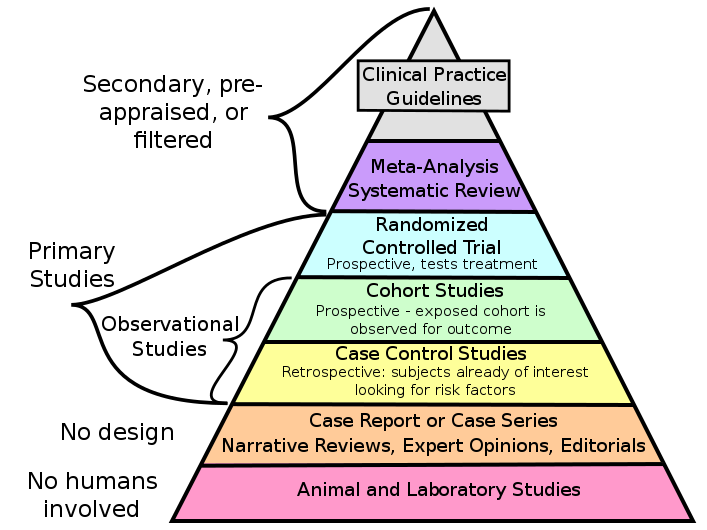
Until now, no empirical studies on ISPCM have been conducted in bilingual classrooms in the context understudy. Despite the disapproval of the linguists and researchers about ISPCM, its existence cannot be denied in the bilingual classroom discourse. The use of intra-sentential patterns of code-mixing (hereinafter ISPCM) is often considered as a result of incomplete mastery of the two languages. Teachers’ code-mixing or the alternate use of two or more languages in a classroom discourse is a routine discourse pattern in bilingual classrooms. Thus, perceived with no positive trait by schools and the language teachers, all educators were advised to take lead in establishing some restrictions on code-switching to achieve mastery in language learning. This would mean that students still learn the English language in any of the two ways. Although the use of either of the two techniques such as code-switching and vocabulary acquisition strategies seemed effective based from several studies, the present study revealed that there is no significant relationship between them. Further, results revealed that there are no significant relationships between socio-demographic profile and codeswitching usage, and socio-demographic profile and vocabulary acquisition strategies regardless of the respondents' age, sex, Mother Tongue and type of school attended. Results showed that students basically "agree" with the items written under classroom code-switching, and "often" they do vocabulary acquisition strategies. Chi-square and Spearman's rho correlation were used to test relationships among the variables.
#Meta analysis definition in linguistics code
The socio-demographic profile data, code switching usage, and vocabulary acquisition strategies were analyzed using descriptive statistics. Respondents were randomly selected-10 and 15 participants-from the two blocks (per program) and the survey was done through two sets of questionnaires sent through a Google form. Moreover, it aimed to evaluate the relationships between code-switching and the socio-demographic profile of the respondents vocabulary acquisition strategies and sociodemographic profile and code-switching usage and vocabulary acquisition strategies. This study aimed to determine the relationship between socio-demographic, classroom codeswitching, and vocabulary acquisition strategies of first year students at the Visayas State University-Tolosa campus. The results revealedthat providing the listener with better understanding, clarification, and checking comprehension are the most important motivational determinants for codeswitching.
#Meta analysis definition in linguistics software
The data were analyzed through the software SPSS (Version 20). The data collection techniques included questionnairesand observation checklist, all of which were designed based on Hymes’ (1962) framework and Poplack’s (1980), Myers-Scotton’s (1989), Blom and Gumperz’s (1972), and Gumperz’s (1982) categorizations.

The research was conducted with 400 participants, including 374 students and 26 teachers. The goal of the present article was to investigate the motivational determinants of classroom code-switching in EFL classrooms.

Although code-switching is unavoidable in bilingual and multilingual contexts, its role and motivational determinants in language classes are sometimes ignored.

First proposed by Haugen (1956) and later developed byGrosjean (1982), the termcode-switching refers to language alternation during communication. “Code-Switching”, an important issue in the field of both language classroom and sociolinguistics, has been under consideration in investigations related to bilingual and multilingual societies.


 0 kommentar(er)
0 kommentar(er)
